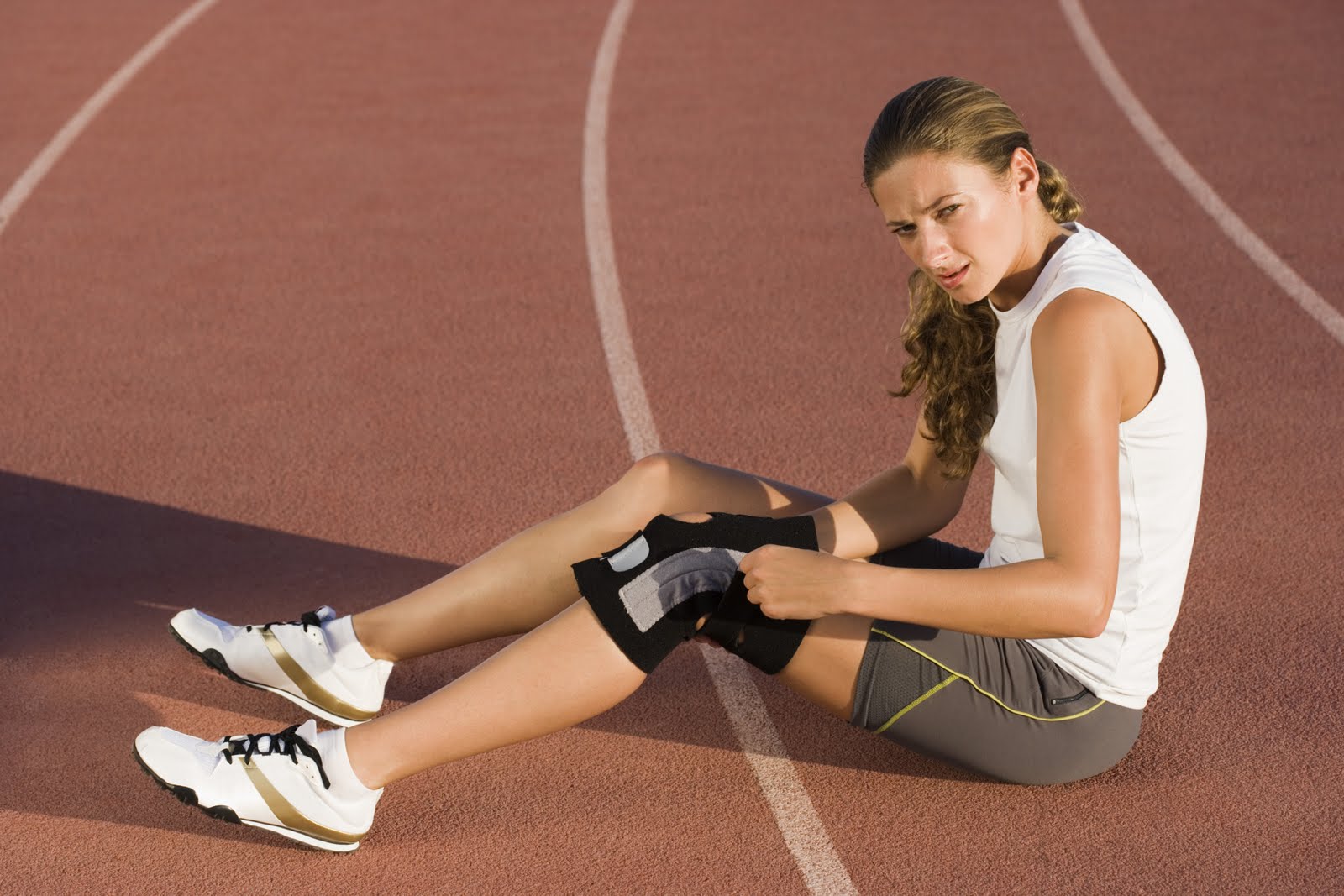Now that spring is in the air, it’s time for race weekend events. With the great accomplishment of running a race there is also the possibility of an injury. With this being said, muscle strains are more likely to occur runners in a race. Knowing how to conceivable prevent, recognise and treat a muscle strain are very significant.
A muscle strain is an injury to the musculotendinous unit, which includes the muscle and its tendon. It can occur due to inadequate warm ups, lack of flexibility, tiredness, and repetitive overuse of a muscle. Make sure that you get a good night’s rest before your big race and a warm up just before the race. This will help minimize your chances of an injury. If you were to get hurt during a race, you will need to know that there are three different grades of strains; depending on the severity of the strain.
Grade 1: Mild
It’s a slight stretch and tear to the musculotendinous unit that will cause mild discomfort. There will be some swelling, heat, bruising, with some loss of strength. You should be capable of continuing your race.
Grade 2: Moderate
It’s the tearing of the musculotendinous fibers. It will have all the symptom of a grade 1 with the possibility of a snapping sensation or a popping sound at the time of the injury. There could also be a visible gap at the site of the injury. When this happens, it’s harder for someone to continue the race without pain and with enough muscle strength.
Grade 3: Severe
This is when there is a complete rupture of the muscle and tendon. It could even cause a fracture. You will have all the symptoms of a grade 2, but at this grade, you may even see the muscle bunch up, OUCH. You will feel so much pain that weight bearing will be almost impossible. At this point, do not continue your race.
If you experience any of these grades of strains, you will need to take care of the injury. You can start by doing the RICE acronym (rest, ice, compression, elevate). Make sure to use a cold ice pack or cold gel pack. Make sure to continue with the RICE treatment for at least 4-5 days. As well, there are many things that you can do to help speed up the healing process. Massage Therapy can be very accommodating in decreasing the swelling and regaining range of motion. Chiropractic treatments, acupuncture and ART (active release techniques) are also very helpful in the healing process. If the pain is unbearable, you may need to visit your primary care physician. I wish everyone a safe and exciting race!
By: Jessica Nepton, RMT

